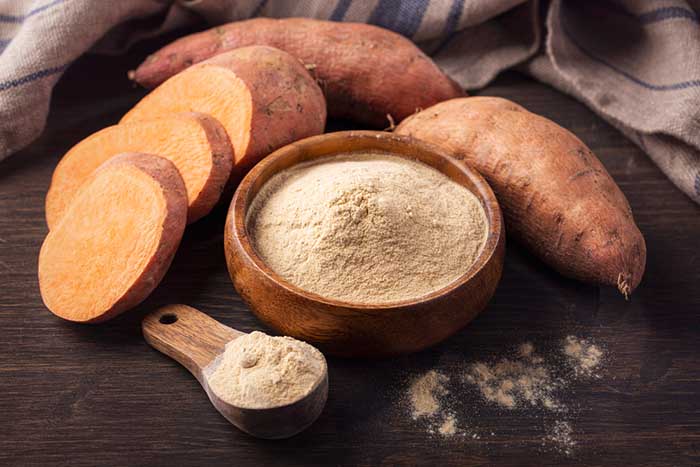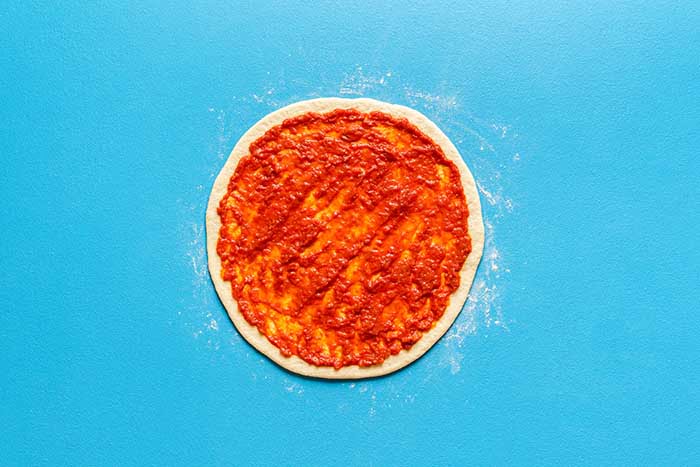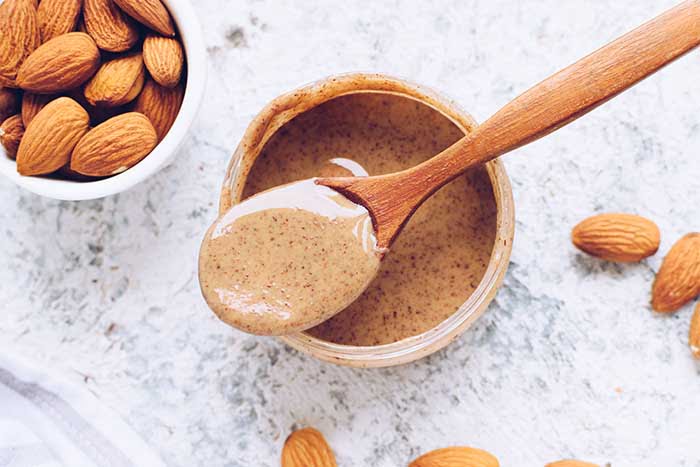Fix mushy grains with these simple tweaks. From rinsing to rations, discover how to make rice less sticky today.
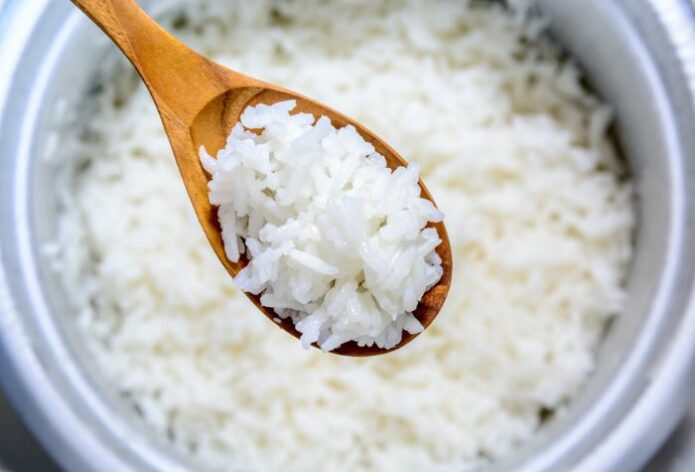
Ever found yourself puzzled by sticky, clumped-together rice when you were aiming for light, fluffy grains? You’re not alone. Getting the perfect rice texture can be tricky, but with a little know-how, you can master it.
We’ll break down the reasons why your rice is sticky, from the kind of rice you’re using to how you cook it. We’ll also share tips to help you always achieve beautiful light and fluffy rice every time. Let’s get cooking!
The main reasons for sticky rice are not rinsing the excess starch off the grain before cooking, using too much water for boiling, overcooking the rice, and not allowing the rice to rest after it’s done cooking. While all of these can contribute to mushy rice, in our experience, excess water and no resting are often the main culprits.
Let’s look at how each of these factors can come into play and how to make your rice less sticky today.
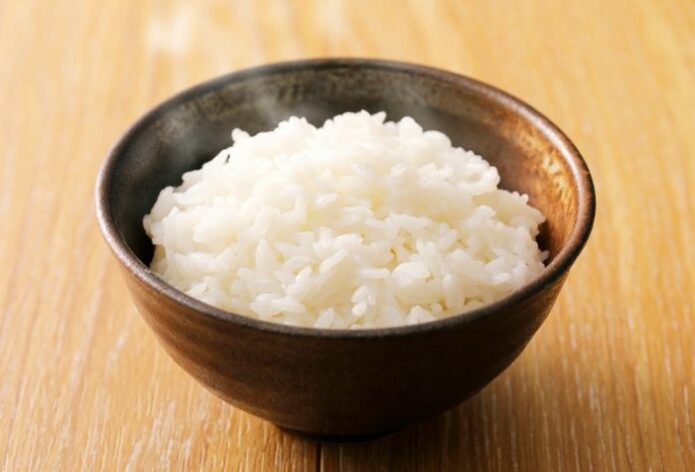
Using the Wrong Type of Rice
Even before you start cooking, you might be falling at the first hurdle by choosing the wrong type of rice in the first place.
Some types of rice, such as glutinous or sushi rice, naturally have a higher starch content and are actually designed to be sticky. While these are great for making homemade sushi or Indonesian snacks, they won’t be up to the job when making light and fluffy rice.
It should be noted that there are still some rice varieties that are ‘non-sticky’, but still high in starch. Two of the most obvious examples are brown and white rice, both of which have high starch content but thanks to their higher fiber content, they aren’t as easily prone to sticking.
Tip: Ensure you are using the correct type of rice for the dish you’re making. If in doubt, opt for short-grain white or brown rice.
Not Rinsing the Rice
This is a step many people skip because it seems unnecessary, but in reality, rinsing the rice is an essential step for light and fluffy grains. Rinsing the rice helps remove excess starch – one of the key contributors to mushy rice.
The best way to rinse rice is to measure it out into a fine-mesh sieve, then run it under cold running water. Use a spoon to lightly turn the rice, and continue until the water runs almost clear.
Tip: Always rinse the rice until the water runs clear
Using Too Much or Too Little Water
This one may seem obvious, but if you use too much or too little water, you’ll likely end up with either wet or dry rice that’s sticky in texture. The exact amount of water to add will depend on the type of rice you’re using. For example, brown rice and basmati rice require different amounts of water to cook fully.
A rough guideline is a 1:1 ratio for most rice types if you’re using a rice cooker or a 1:2 ratio if you’re cooking on the stovetop. Also, brown rice usually requires more water than white rice.
To ensure the best results, it’s best to follow the package instructions and measure both rice and water with a measuring cup. For example, one cup of water for every cup of white short-grain rice.
Tip: Refer to the package instructions for the rice-to-water ratio. When in doubt, stick to 1 cup of rice per 1 cup of water.
Disturbing the Rice
Now that you’ve chosen the right type of rice, rinsed it, and added the correct amount of water, you’re supposed to leave the rice alone while it cooks. However, if you lift the lid, adjust the heat, or stir the rice before it’s done cooking, then you’re likely to end up with mushy rice.
Tip: Once you put the lid on the pot or turn on the rice cooker, avoid disturbing the rice until the time is up.
Overcooking
Rice is temperamental, so it’s important not to let it cook longer than necessary. Depending on how much water you put in your rice cooker, the rice may continue to break down and become a mushy mess if you let it overcook.
Tip: Set a timer to avoid overcooking the rice
Not Letting the Rice Rest
Once the timer goes off, allowing the rice to rest before serving is essential. This will allow any remaining water to either be absorbed into the grains or evaporate as vapor, both of which contribute to fluffy rice.
Tip: When the rice is done cooking, remove the pot from the heat and allow the rice to rest, with the lid on, for 5-10 minutes before removing the lid and serving. Optionally, you can drape a clean kitchen towel between the pot and the lid to soak up the excess moisture.
How to Fix Sticky Rice
Let’s say you followed all the rules and still ended up with sticky rice. Never fear! There are plenty of ways to fix sticky rice and make it fluffy and delicious.
- Add fat: Stir in fats like butter, oil, and ghee. This will help lubricate the rice and make them stick together less.
- Rinse the rice: Rinsing cooked rice under cold water can help to remove some of the excess starch
- Add more water: If the rice appears dry and sticky, add a few tablespoons of water. If the rice is fully cooked when you do this, turn off the heat before adding the water and let the rice rest (with the lid on) for 5 minutes.
- Steam the rice: Steaming cooked rice for 5-10 minutes can help to rehydrate it and allow it to break apart
- Spread it out and refrigerate: Grab a baking dish or large plate and spread the rice in an even layer. Let it rest in the fridge for 5 minutes. Don’t let it refrigerate for much longer, or else you risk it drying out.
- Bake the rice: Spread it out evenly over a baking sheet lined with parchment paper and bake the rice at 350°F (180°C) for about 10 minutes
What to Do With Sticky Rice?
There are plenty of recipes where sticky rice is preferred. Here are some suggestions for how to make use of sticky rice:
- Add rice vinegar and sugar to the warm rice to make sushi rice
- Use it for risotto
- Add coconut cream and sugar to make rice pudding
- Add it to savory congee or in stews
- Blend the sticky rice in a food processor with additional ingredients to make savory rice balls
FAQs
How Can I Keep My Rice From Getting Sticky?
To prevent rice from getting sticky, be sure to select the proper type of rice, not glutinous or sushi rice. Next, be sure to rinse the rice and add the correct ratio of rice and water to your pot.
Once you begin cooking the rice, leave it undisturbed until the time is up. Then, allow the rice to rest for several minutes before serving.
Why Does My Rice Stick to the Pot?
Rice sticking to the pot can be caused by cooking at too high a temperature, which burns the rice before it’s fully cooked. To prevent this, avoid cooking rice above medium heat. Also, ensure you have rinsed excess starch from the grains before cooking, and avoid using pots that have their non-stick coating worn away.
